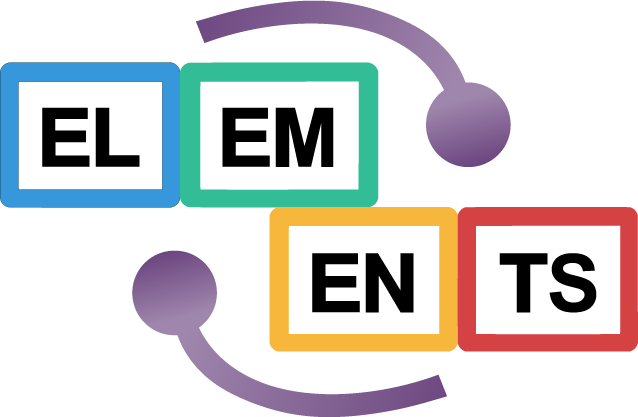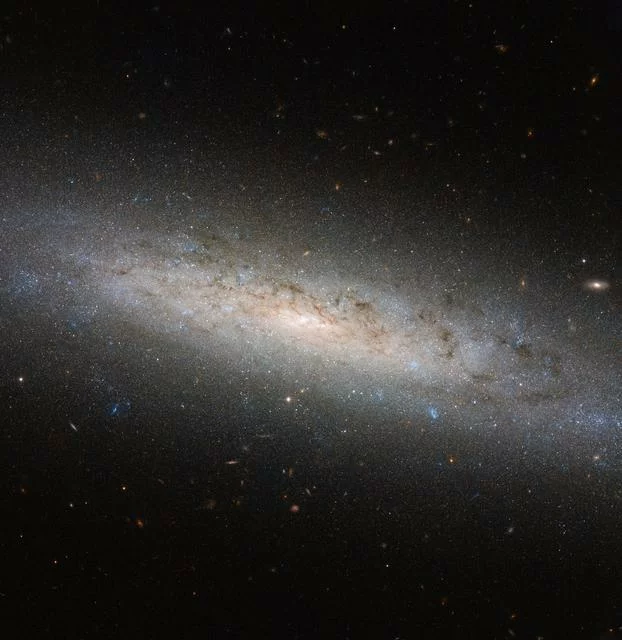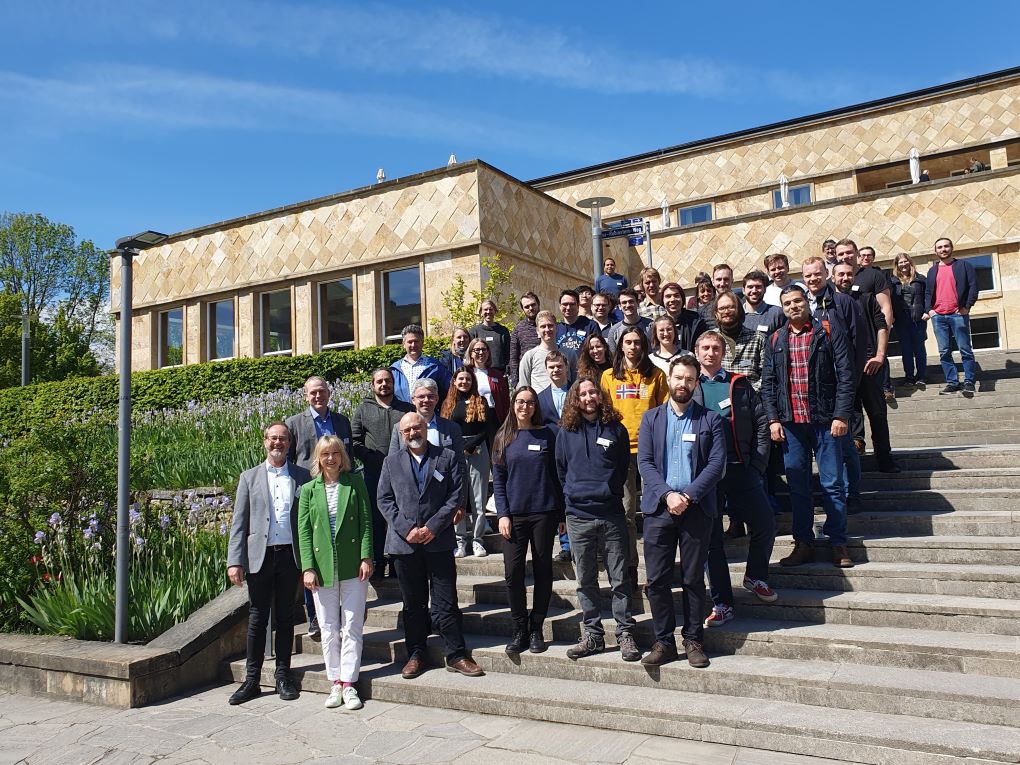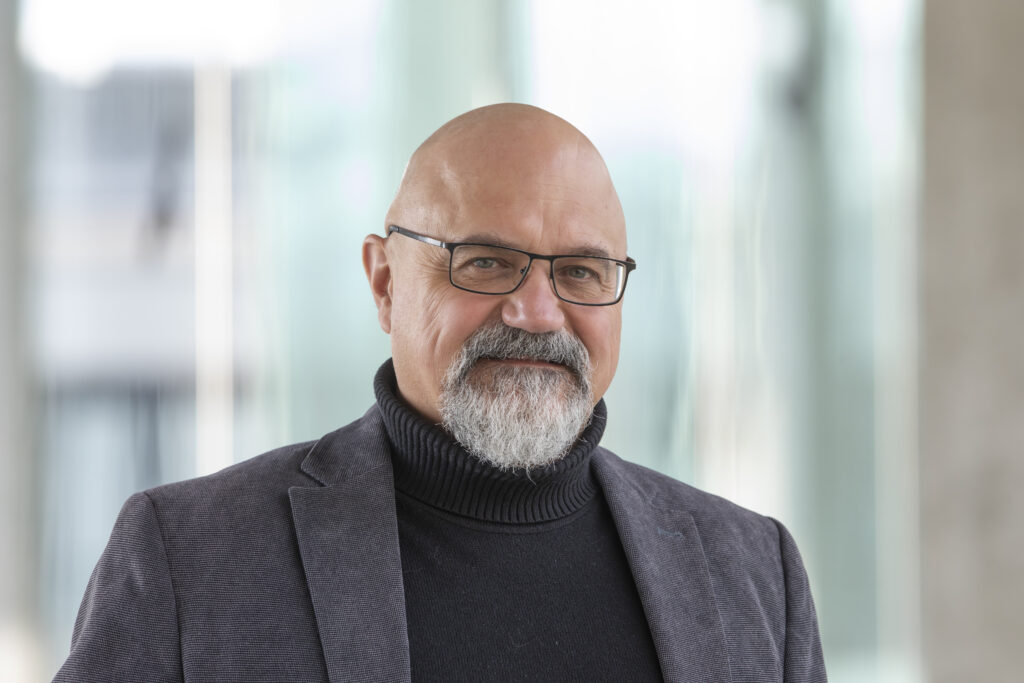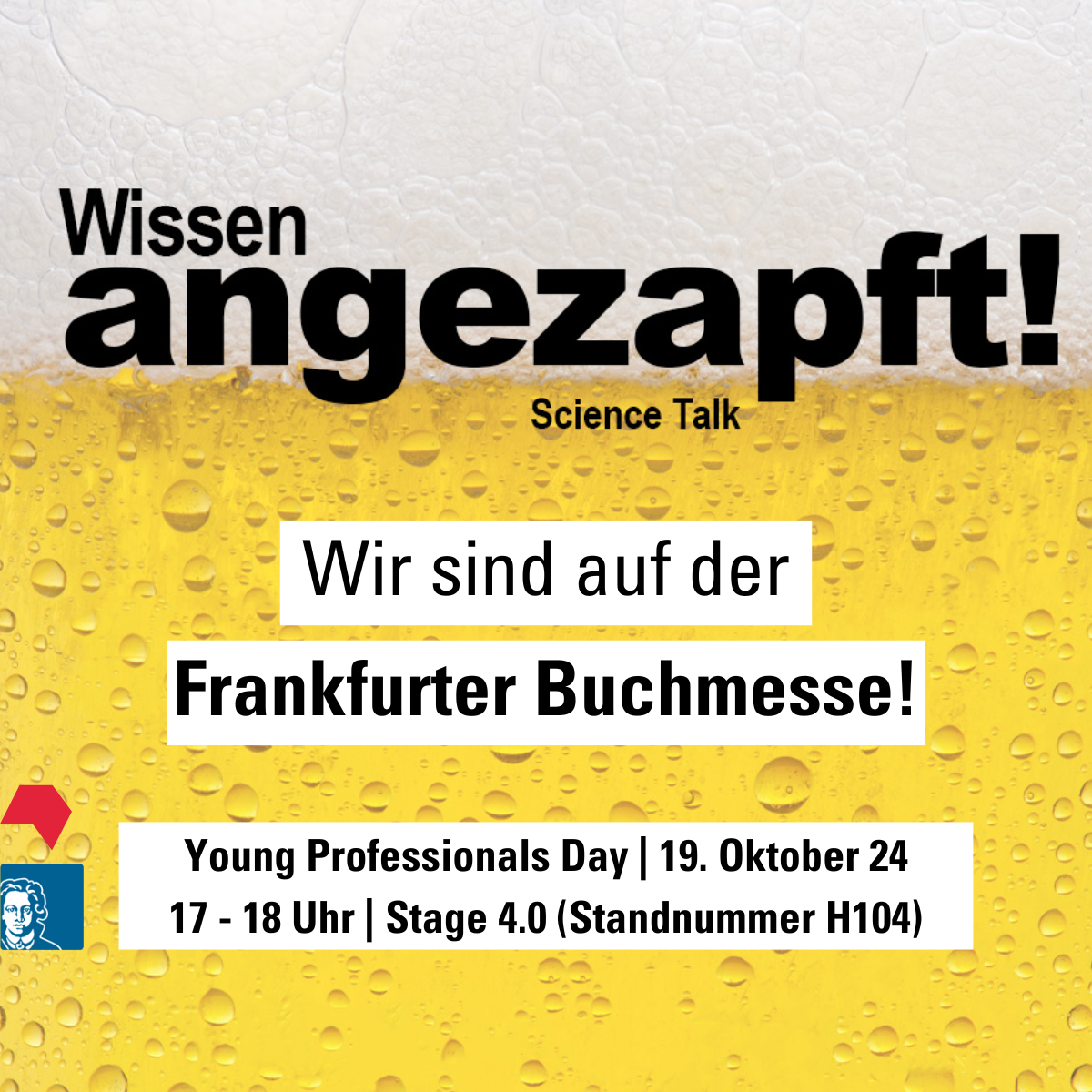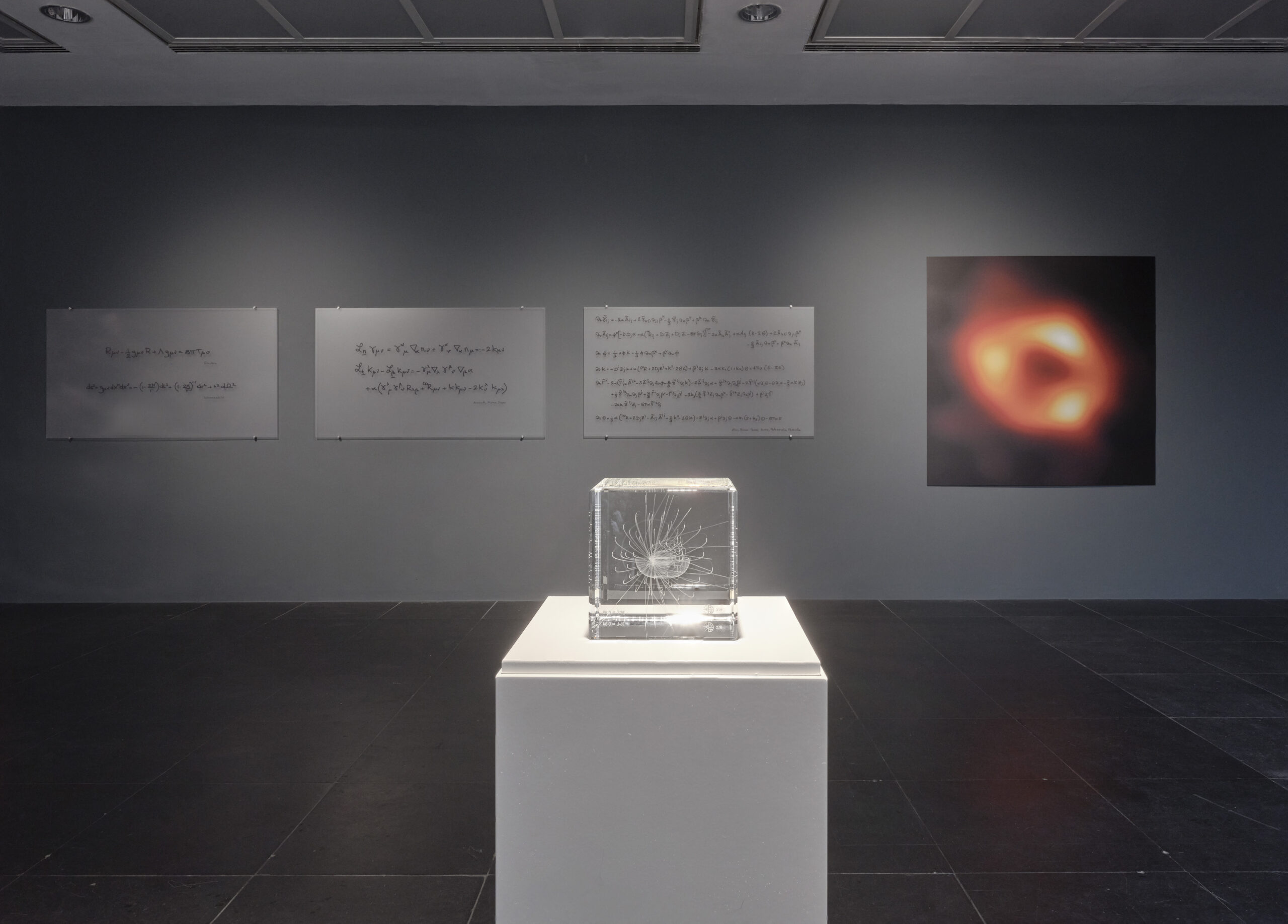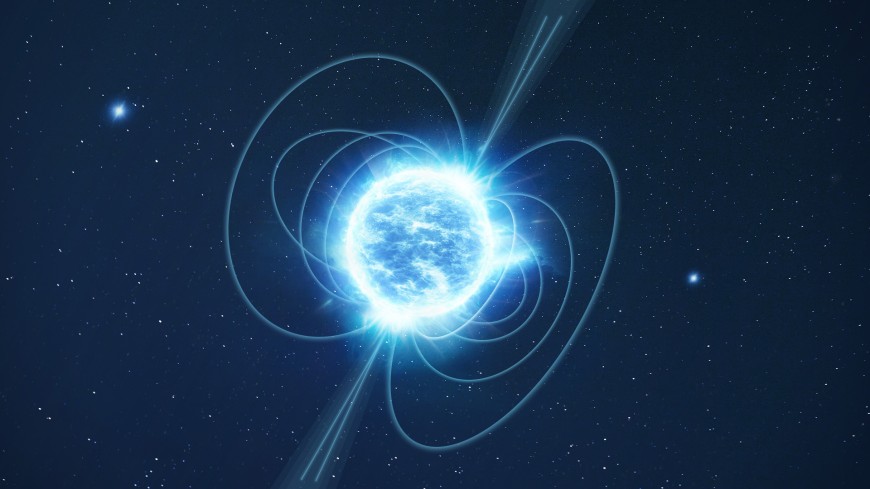During the summer of 2021, students from York University in Toronto, Canada and Goethe University in Frankfurt, Germany, teamed up to study a common interest, dark matter! The students were grouped into teams based on their special interest. Our group, consisting of Darren Singh, Hannah Vormann, Megan Gran, and Tobias Raum, with Professor Sean Tulin and Junior Mentor Reuben Blaff, studied the interaction patterns of dark matter – “The Life and Death of Dark Matter Halos”.
How could dark matter particles possibly interact with each other?
Essentially, dark matter is not very well understood. In order to investigate some of the many unsolved mysteries about the particle nature of dark matter we performed simulations of dark matter halos using an approach known as “Smoothed Particle Hydrodynamics’’. Here, one models the halo as a bunch of concentric shells behaving like a liquid. In our simulations we also included “dark” equivalents of the forces and phenomena we do understand from the standard model of particle physics of visible matter. We looked at dark matter in relation to gravity, particles, photons, or electromagnetic forces, to name a few.
In this project, we focused on the following models of dark matter: the Cold Dark Matter Model (CDM), the Self-Interacting Dark Matter Model (SIDM), the Annihilating Dark Matter Model and the Dissipative Dark Matter Model.
Let’s break each one down:
CDM is considered to be the most basic dark matter model, where gravity is the only force considered acting on each dark matter particle. This model generates good predictions about how dark matter behaves on very large scales throughout the universe, for example, the universe’s rate of expansion. However, on smaller scales, for example of individual galaxies, this model doesn’t match what can be observed about dark matter. One among several examples is that in the inner regions of dark matter halos, CDM predicts a cusp density profile, while observations indicate a flattened core. This is known as the “core-cusp-problem”.
This is where SIDM comes in. Self Interacting Dark Matter considers the particles to be colliding elastically with themselves. With each collision of a particle, heat and energy are expected to be transferred. If we allow for elastic scattering then why not also include the possibility for inelastic scattering? This is what was done in the Dissipative Model. Dissipation has opposite effects to elastic scattering on the gravothermal evolution of a dark matter halo. Due to the energy loss in the scattering process the temperature and the density in the core rise. Combining self-interactions and dissipation therefore allowed us to ‘tune’ the resulting density profiles to match observations. Interestingly, we found that it depends on the halo’s size which effects dominate in the combined model. (Self-)Annihilation again works a bit differently: While SIDM “pushes” the density outwards, annihilations make the density decrease. Annihilation effects are stronger in areas of higher density, also leading to a cored profile.
Another interesting possibility is to dynamically combine different DM models in different fractions of the same halo. In particular, one goal was to repeat simulations with different combinations of CDM and SIDM in order to best match observed dark matter on the scale of a single galaxy. We ran a number of simulations, spanning up to a full 7 Giga years, where we incremented the percentage of SIDM in our fractional model by 10% with each simulation. We also incremented the scattering cross section between 5 cm^2/g and 50 cm^2/g. We found that the results that best matched our comparison data, the dwarf galaxy IC2574 from The HI Nearby Galaxy Survey, was the 90% SIDM and 10% CDM model.
For the future of this project, we would ideally fine tune the models’ parameters to have a more specific SIDM to CDM ratio for example, run longer simulations, compare to more observations, optimise the Python code for our simulations, and study different dark matter models in more detail.
We had a great time completing this project over 4 months, being involved in actual research as students and meeting so many people from the other side of the world. We are looking forward to studying more dark matter in the future since there are so many riddles left waiting to be solved!
This article was written by Darren Singh, Hannah Vormann, Megan Gran, and Tobias Raum, who attended the first EXPLORE summer school in 2002 and won the accompanying Science Communication competition with it.
